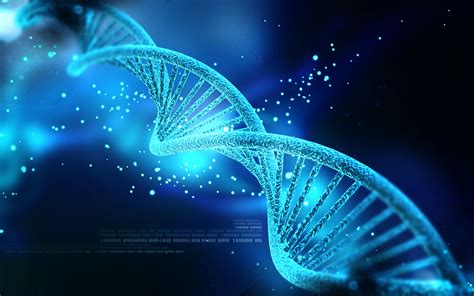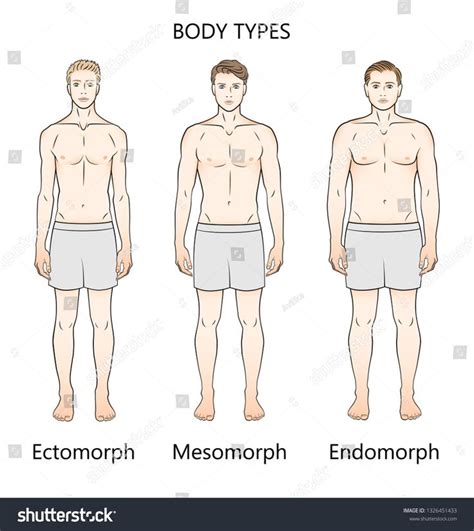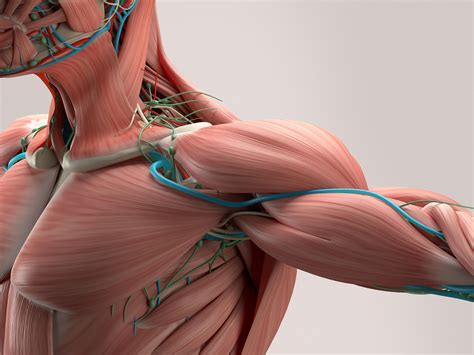It’s a common observation in gyms and among athletic circles: some men seem to pack on muscle mass with relative ease, while others struggle to make significant gains despite consistent effort. This disparity isn’t merely a matter of dedication or training intensity; it’s rooted in a fascinating interplay of biological factors that dictate an individual’s natural propensity for muscle growth.
The Hormonal Blueprint
At the forefront of muscle anabolism are hormones, particularly testosterone. Men with higher natural levels of free testosterone generally possess a greater capacity for muscle protein synthesis and recovery, leading to faster and more substantial muscle gains. Testosterone not only promotes muscle growth but also influences body fat distribution and red blood cell production, all of which indirectly support a more favorable environment for hypertrophy.

Beyond testosterone, other hormones like Growth Hormone (GH) and Insulin-like Growth Factor 1 (IGF-1) play crucial roles. GH stimulates IGF-1 production, which in turn acts on muscle cells to promote growth and repair. Variations in the sensitivity of muscle cells to these hormones, or in the body’s natural production levels, can significantly impact an individual’s muscle-building potential.
Genetic Predisposition: Nature’s Head Start
Genetics are arguably the most powerful determinants of muscle-building ease. Numerous genes influence muscle growth, strength, and recovery. One well-known example is the myostatin gene. Myostatin is a protein that acts as a negative regulator of muscle growth; it essentially puts the brakes on how much muscle an organism can build. Individuals with naturally lower myostatin activity or mutations in the gene can exhibit significantly enhanced muscle development, sometimes even without extensive training.
Another genetic factor is muscle fiber type distribution. Humans have different types of muscle fibers: slow-twitch (Type I) and fast-twitch (Type IIa and IIb). Type II fibers have a greater capacity for hypertrophy and generate more force. Men who are genetically predisposed to have a higher proportion of fast-twitch muscle fibers will generally find it easier to build muscle mass and strength, particularly for power-based activities.

Moreover, genetic variations can influence how efficiently an individual’s body utilizes nutrients, repairs muscle tissue, and adapts to training stress. Genes related to inflammation, nutrient partitioning, and satellite cell proliferation all contribute to the complex genetic mosaic that defines one’s muscle-building aptitude.
Body Composition and Somatotype
Sheldon’s somatotype theory, though simplified, offers a useful framework for understanding innate body types. Mesomorphs are characterized by a naturally muscular and athletic build, with broad shoulders and a narrow waist. They tend to gain muscle and lose fat relatively easily, making them the “natural” bodybuilders. Ectomorphs, on the other hand, are typically lean and long-limbed, finding it difficult to gain both muscle and fat. Endomorphs tend to have a higher body fat percentage and a rounder physique, though they can often build muscle, it’s frequently masked by fat.

While somatotypes are not rigid categories and individuals can exhibit traits from multiple types, they highlight a genetic predisposition for certain body compositions that directly impact the perceived ease of muscle gain. A natural mesomorph will inherently have an advantage over an ectomorph in muscle accumulation.
Physiological Efficiency and Recovery
Beyond hormones and genetics, the efficiency of an individual’s physiological systems plays a significant role. This includes factors like nutrient partitioning (how the body allocates calories towards muscle growth versus fat storage), recovery capabilities, and the activity of satellite cells. Satellite cells are quiescent stem cells found in muscle tissue that activate in response to muscle damage and growth signals, fusing with existing muscle fibers to repair and enlarge them. Men with more active or numerous satellite cells may experience faster recovery and greater muscle hypertrophy.

Furthermore, individual differences in protein synthesis rates, metabolic efficiency, and even the stress response can influence how effectively the body converts training stimuli and nutrition into new muscle tissue. Some men simply recover faster and adapt more efficiently, allowing for greater training volume and frequency.
Conclusion
The variations in muscle-building ease among men are a complex tapestry woven from genetic predispositions, hormonal profiles, and individual physiological characteristics. While consistent training, proper nutrition, and adequate rest are universally essential for muscle growth, the innate “head start” or “handicap” conferred by these natural factors cannot be overstated. Understanding these inherent differences can foster a more realistic perspective on personal fitness journeys, emphasizing individual progress over comparisons, and recognizing that for some, the path to significant muscle mass is indeed naturally steeper.





